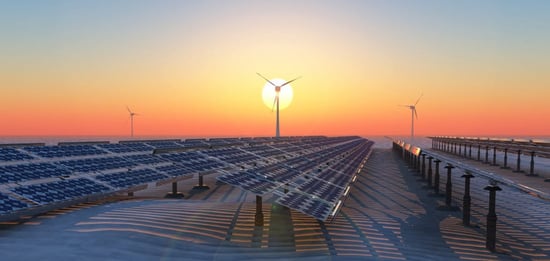President Obama and the EPA recently announced the long anticipated Clean Power Plan. The goal of this unprecedented proposal is to reduce carbon pollution from the power sector by 32% below the 2005 levels by the year 2030. According to the EPA, “Fossil fuels will continue to be a critical component of America’s energy future. The Clean Power Plan simply makes sure that fossil fuel-fired power plants will operate more cleanly and efficiently, while expanding the capacity for zero and low-emitting power sources.” And while fossil fuels will continue being used, an underlying objective of the plan is to promote clean energy innovation of alternative power sources.
Addressing concerns
Some state Governors and power industry leaders are fretting about the theoretical repercussions of complying with the new plan. Possible effects include the loss of jobs in the coal industry and increased power bills due to amplified overhead costs. These worries are not universal, as other corporations see the new energy plan as an opportunity to flex some CSR muscle.
Ceres, a network of investors, companies, and public interest groups that advocate for sustainable leadership, reports that 365 companies/investors sent letters to state governors across the U.S. expressing support for the new Clean Power Plan. An excerpt from the letter reads, “Clean energy solutions are cost effective and innovative ways to drive investment and reduce greenhouse gas emissions.” The letter goes on to imply that green energy and energy efficient solutions will actually cut costs and improve corporate performance.
Staying ahead of the game
Rather than viewing the new plan’s guidelines as insurmountable, some states and companies have taken a preemptive approach and implemented progressive measures to reduce carbon emissions or help consumers manage their own energy consumption. North Carolina has already made great strides with their own forward-thinking blueprint that successfully reduced carbon emissions by about 24% from 2008-2013. Additionally, about 7% of the state’s energy is already coming from renewable resources. Corporations are getting in on the action as well. Additional studies by Ceres have shown that more than half of Fortune 100 companies have already established clean energy goals and saved significant amounts of money as a result.
Corporations aren’t stopping at energy conservation, either. In their 2014 responsibility report Verizon outlines its “Impact in Energy Management” plan that uses its networks to help consumers manage their energy use. The initiative is aimed at assisting low income families who, according to the U.S. Energy Information Administration, spend 6% of their household income on energy bills versus the 3% spent by wealthier families. The company is currently partnered with nonprofit Pecan Street, Inc. in a study involving 140 low income households, to gauge how well smart technology, in app form, allows families to view the amount of energy they are using and how they can save. One participant in the project reported a 20% reduction in her average energy bill costs after only a few months.
The future's looking bright
While being touted as the most progressive and aggressive measure taken against global warming and climate change in recent history, the Clean Power Plan has the potential to make a significant positive environmental impact. Industry titans like Mars, Ikea, and Nestle are already embracing the plan, and many states like North Carolina and Colorado are already well on their way to meeting the new guidelines. Perhaps, rather than seeing the new proposal as an obstacle, other corporations and states will regard it as an opportunity to address past environmental carelessness and design better solutions for the future.
What do you think?
Join the Clean Power Plan conversation on Twitter! Tweet us @FrontStream or follow the hashtags #CleanPowerPlan & #ActOnClimate
